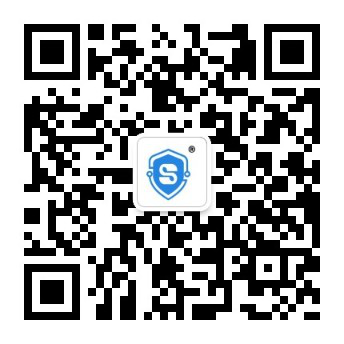专业市场调查执行开展商标市场混淆程度调研
商标市场混淆程度调研,也称为商标混淆度调研,是一项用于评估市场上商标之间的混淆程度的调查研究。以下是该调研的主要内容和步骤:
1、数据收集:收集相关商标在市场上的存在情况,包括竞争品牌和潜在混淆品牌。可以通过商标数据库、市场调查和相关行业的资料收集等方式获取数据。
2、样本选择:选择代表性的样本集,包括商标持有人、消费者、专业人士等。样本应该具有代表性和多样性,以确保调研结果的准确性和全面性。
3、调研工具:设计问卷、访谈指南或观察记录表等调研工具,用于收集参与者对商标的认知、混淆度、印象等方面的观点和反馈。
4、数据收集:通过在线调查、面对面访谈、焦点小组讨论等方式,收集参与者的数据和意见。确保调研过程中的数据收集和记录的准确性和可靠性。
5、数据分析:对收集到的数据进行整理和分析,包括统计分析、内容分析、主题提取等方法。通过分析结果,评估商标之间的混淆程度,了解市场上的混淆现象和潜在影响。
6、结果解释:将调研结果进行解读和解释,得出结论和建议。根据混淆程度的评估结果,提供针对性的措施和建议,帮助商标持有人制定品牌保护策略和市场竞争策略。
商标市场混淆程度调研可以帮助商标持有人了解市场上的竞争情况,评估商标的独特性和市场识别度,避免商标混淆引发的消费者困惑和不良影响。同时,也有助于监测市场中的潜在侵权行为,保护商标权益和维护市场秩序。

本文由上书房信息咨询(专业市场调查公司)出品,欢迎转载,请注明出处。神秘顾客调查公司上书房信息咨询公司针对一些企业的商标侵权,在品牌认知、品牌混淆等方面有着丰富的调研取证经验,从业15年已为食品、饮料、生活用品、家居用品、数码、玩具等等各行各业提供了专业的商标侵权取证调研服务。
Market Confusion Assessment for Trademarks
Market confusion assessment, also known as trademark confusion assessment, is a research study conducted to evaluate the level of confusion among trademarks in the market. The following are the key contents and steps involved in this assessment:
1、Data collection: Gather relevant information about the presence of trademarks in the market, including competing brands and potential confusing brands. Data can be collected through trademark databases, market surveys, and industry-related sources.
2、Sample selection: Choose representative samples that include trademark owners, consumers, and professionals. The samples should be diverse and representative to ensure the accuracy and comprehensiveness of the assessment results.
3、Research tools: Design research tools such as questionnaires, interview guides, or observation forms to collect participants' opinions and feedback on the recognition, confusion level, and impressions of trademarks.
4、Data collection: Collect data and opinions from participants through methods like online surveys, face-to-face interviews, or focus group discussions. Ensure the accuracy and reliability of data collection and recording during the research process.
5、Data analysis: Organize and analyze the collected data using statistical analysis, content analysis, and theme extraction methods. Through data analysis, evaluate the level of confusion among trademarks and understand the potential market impacts caused by confusion.
6、Interpretation of results: Interpret and explain the research findings, draw conclusions, and provide recommendations. Based on the assessment results of confusion level, offer targeted measures and suggestions to help trademark owners develop brand protection strategies and market competition strategies.
Market confusion assessment for trademarks helps trademark owners understand the competitive landscape, evaluate the uniqueness and market recognition of trademarks, and avoid consumer confusion and negative impacts caused by trademark confusion. It also assists in monitoring potential infringement activities in the market, protecting trademark rights, and maintaining market order.





